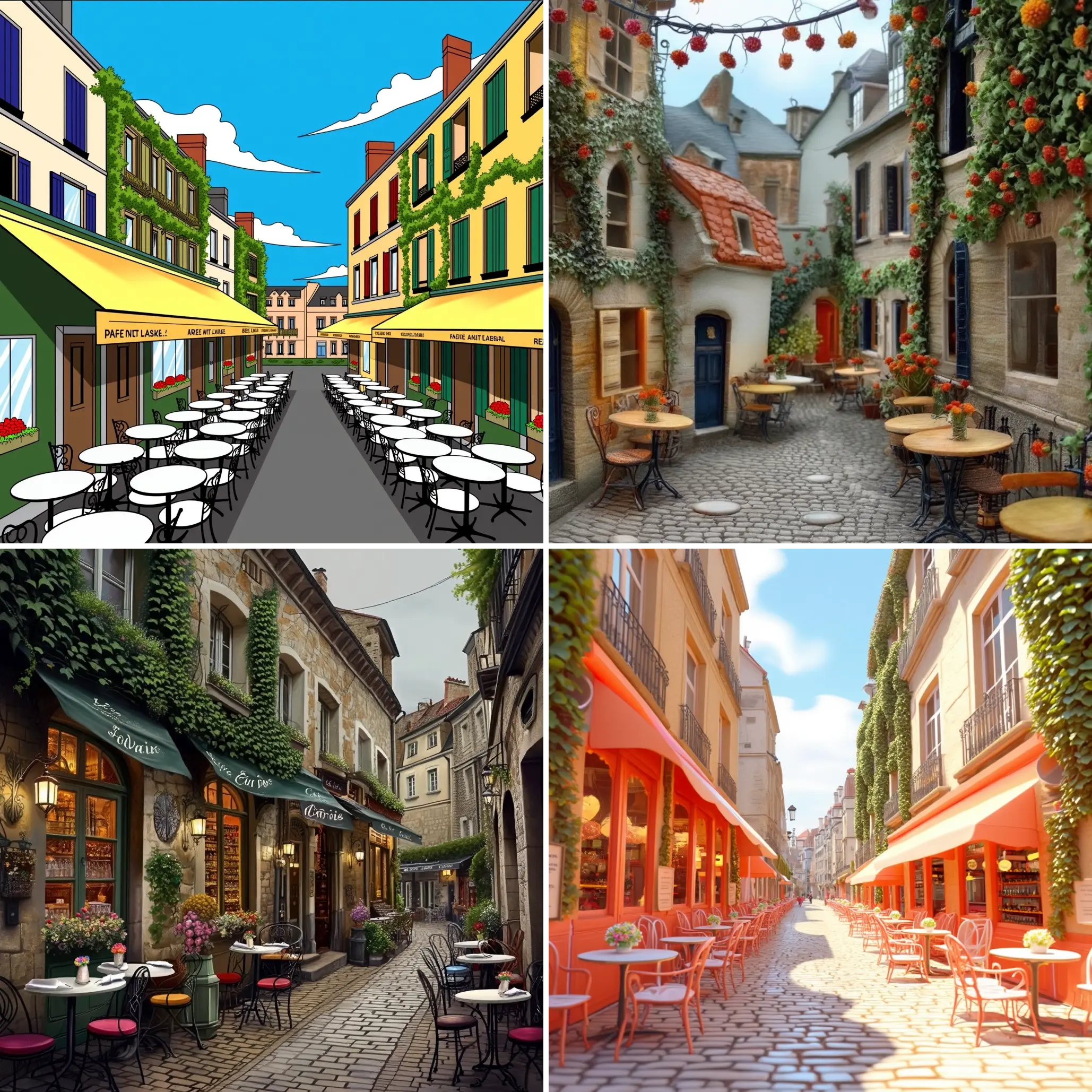ComfyUI Node: VLM (fal)
VLM_fal
CategoryFAL/VLM
gokayfem (Account age: 1381days) Extension
ComfyUI-fal-API Latest Updated
2025-05-08 Github Stars
0.1K
How to Install ComfyUI-fal-API
Install this extension via the ComfyUI Manager by searching for ComfyUI-fal-API- 1. Click the Manager button in the main menu
- 2. Select Custom Nodes Manager button
- 3. Enter ComfyUI-fal-API in the search bar
Visit ComfyUI Online for ready-to-use ComfyUI environment
- Free trial available
- 16GB VRAM to 80GB VRAM GPU machines
- 400+ preloaded models/nodes
- Freedom to upload custom models/nodes
- 200+ ready-to-run workflows
- 100% private workspace with up to 200GB storage
- Dedicated Support
VLM (fal) Description
Integrates visual and language models for processing visual data with textual prompts, enhancing image analysis and natural language tasks.
VLM (fal):
The VLM_fal node, also known as VLM (fal), is designed to integrate visual and language models, enabling the seamless processing and interpretation of visual data alongside textual prompts. This node is particularly beneficial for tasks that require a combination of image analysis and natural language processing, such as generating descriptive text from images or enhancing image-based queries with contextual language understanding. By leveraging advanced AI models, VLM_fal facilitates a more comprehensive understanding of visual content, making it a powerful tool for AI artists who wish to create more nuanced and contextually rich artworks. Its primary goal is to bridge the gap between visual and textual data, providing users with the ability to generate more informed and contextually relevant outputs.
VLM (fal) Input Parameters:
prompt
The prompt parameter is a string input that allows you to provide a textual description or query that guides the model's interpretation of the visual data. This parameter is crucial as it sets the context for how the image should be analyzed or described. The prompt can be as simple or detailed as needed, depending on the desired outcome. There are no strict minimum or maximum values for this parameter, but it should be crafted thoughtfully to ensure the model understands the intended context.
model
The model parameter specifies the AI model to be used for processing the input data. This parameter is essential as it determines the capabilities and performance characteristics of the node. The available options include various state-of-the-art models, each with unique strengths in handling different types of visual and textual data. The default model is typically set to a well-rounded option, but you can choose a model that best fits your specific needs.
system_prompt
The system_prompt parameter is an optional string input that provides additional context or instructions to the model, influencing how it processes the input data. This parameter can be used to set overarching guidelines or constraints for the model's output, ensuring it aligns with specific requirements or stylistic preferences. Like the prompt parameter, there are no strict limits on its content, but it should be used judiciously to enhance the model's performance.
VLM (fal) Output Parameters:
STRING
The output parameter is a string that represents the generated text based on the input image and prompts. This output is the culmination of the model's analysis and synthesis of the visual and textual data, providing a coherent and contextually relevant description or response. The importance of this output lies in its ability to convey complex visual information in a human-readable format, making it a valuable asset for AI artists seeking to enhance their creative processes with AI-generated insights.
VLM (fal) Usage Tips:
- To optimize the performance of the VLM_fal node, ensure that your prompts are clear and specific, as this will help the model generate more accurate and relevant outputs.
- Experiment with different models to find the one that best suits your particular task, as each model may have different strengths in handling various types of visual and textual data.
VLM (fal) Common Errors and Solutions:
Error: Unable to generate text.
- Explanation: This error occurs when the model fails to process the input data, possibly due to an issue with the input parameters or a temporary system malfunction.
- Solution: Check that all input parameters are correctly specified and that the model is properly configured. If the issue persists, try using a different model or restarting the system to resolve any temporary glitches.
VLM (fal) Related Nodes
RunComfy is the premier ComfyUI platform, offering ComfyUI online environment and services, along with ComfyUI workflows featuring stunning visuals. RunComfy also provides AI Playground, enabling artists to harness the latest AI tools to create incredible art.


